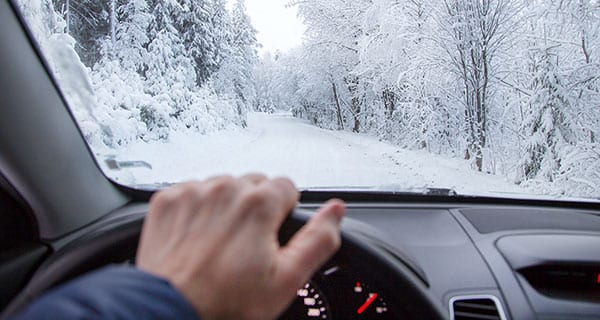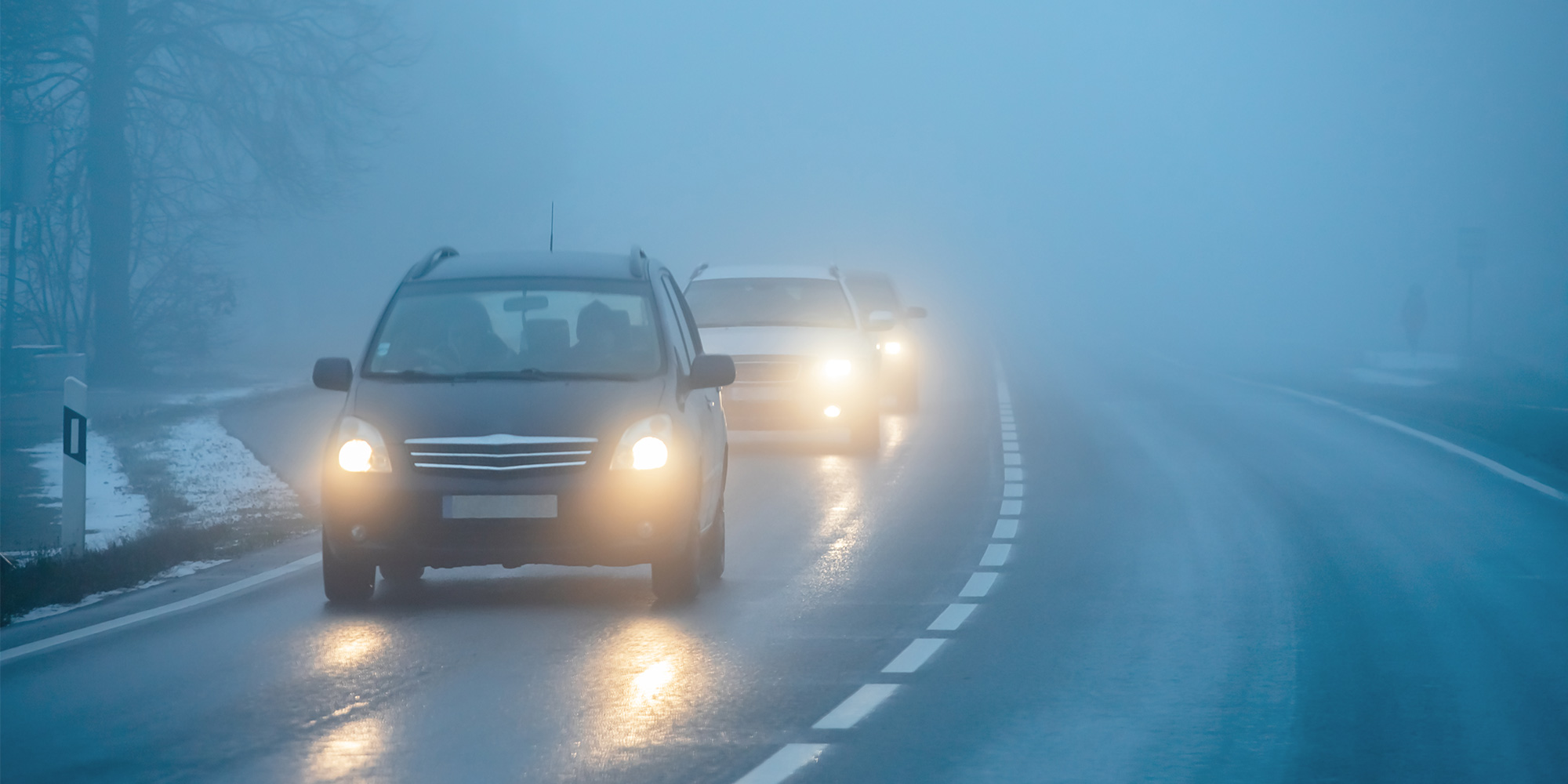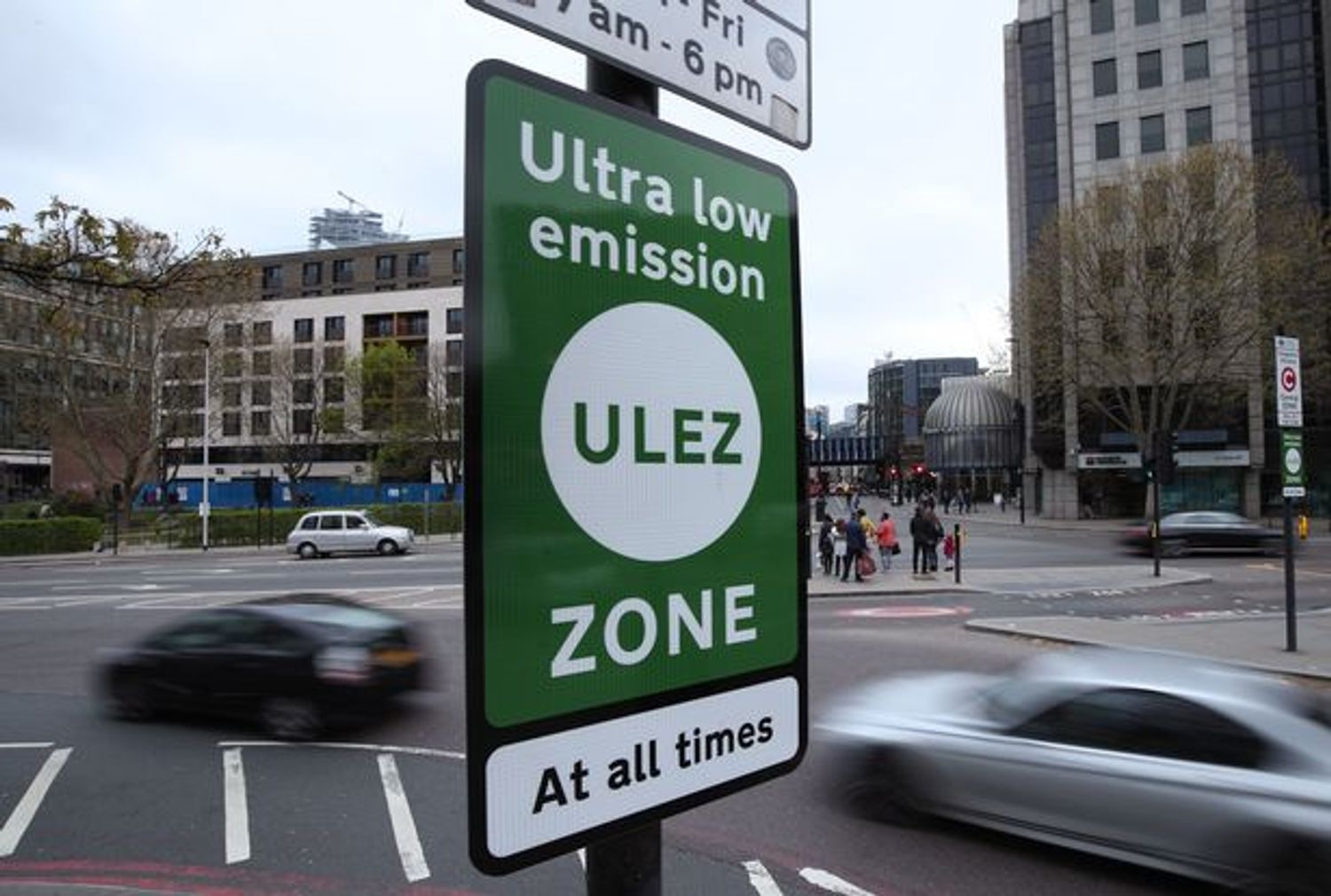WINTER 2021: How to drive safe in the winter
It feels like only yesterday when we published our top road trip tips for summer but with the mornings and nights getting darker and colder, it means only one thing… Winter is approaching!
The road conditions become more challenging resulting in the breakdowns and accidents increasing due to poor visibility and the roads becoming wet and icy. Check out our tips on how to stay safe on the roads this winter and what tools might be a be necessity.
PLAN YOUR ROUTE
Planning your route is relevant when driving in the winter, it is advisable to check the weather forecasts before setting off as if extreme weather conditions (snow and ice) are predicted non-essential travel should be avoided. If your journey is essential, give yourself time to de-ice and clean your car before setting off on the road. This is important as the de-icing salt, snow and moisture can rust your car and decrease its performance level.
By planning your route before you set off it can help to avoid any incidents. When on the road, it may seem like a good idea to take a shortcut around a back street or a country lane to avoid traffic. However, this can be very dangerous as the back roads have less traffic on meaning they have been prevented from being cleared and gritted.
You should also allow for extra time when driving in the winter, if the visibility is poor or road conditions are icy/wet you will have to drive at a slower pace. All the other drivers on the road will also be taking this into consideration resulting into traffic being built up, plan your route to allow time for traffic and any other delays. This also includes making sure you have enough fuel in case you are stuck in traffic for a long period.
PREPARE
Fail to prepare – prepare to fail! It would be useful to pack a winter driving emergency kit before you set off on any journey to ensure you and your vehicle will be prepared for all situations. What we recommend for your winter driving emergency kit:
Ice scraper and snow brush
De-icer
Warning triangle
Hi-vis jacket
Spare tyre, wheel wrench and tripod jack
Flashlight, plus extra batteries
Jump leads
First aid kit
Shovel
Blankets
Food that won't go off such as cereal/energy bars
Emergency whistle
It will also be useful to have a breakdown service number on hand, on your phone and a hardcopy – in case your phone battery dies or you have no signal.
DRIVING IN THE SNOW AND ICE
Driving in the snow or when the roads are icy can be very challenging and dangerous for all types of vehicles. To keep safe during these conditions always use a low gear for driving downhill, reduce your speed and ensure you leave plenty of time for your journey and maintain a safe stopping distance between you and the car in front (as much as 10 times the normal recommended gap – 10 seconds).
To avoid skidding, accelerate gently and avoid sharp braking and steering. Driving in second gear will also help to reduce wheel slip, some latest cars have winter mode – which can be selected to do the same job. If you do find yourself skidding DO NOT PANIC, DO NOT EMERGENCY BRAKE & DO NOT STEER IN THE OPPOSITE DIRECTION. Gently steer into the same direction as the skid to straighten up and regain control of the wheels again, for example, if the rear of the car is sliding to the left, steer to the left.

DRIVING IN THE RAIN AND FLOODS
Being Brits we are used to driving in the rain, but in the winter months we tend to receive substantially more and driving in torrential rain can be just as dangerous as driving in the snow or ice.
Avoid driving in the event of severe floods but if there is a chance of flooding, plan your route accordingly taking care to avoid areas which are prone to flooding and allow extra time for slower speed. If driving through a large ‘puddle’ keep your vehicle in a low gear (first or second) in the middle of the road, this will help maintain motion and not stall which could result in long term damage restarting the engine in these conditions. Once through the puddle, remember to press your brakes to dry them off, this removes any excess moisture that has built up driving through the water.
DRIVING IN THE FOG
Driving in fog is one of the most dangerous weather conditions due to it dramatically reduces visibility. The main tip is to drive slowly and to drive with dipped headlights and fog lights (your fog lights will only work when your headlights are on dipped beam) when visibility has dropped below 100m.

Drive carefully and stay safe this Winter!
Read next


